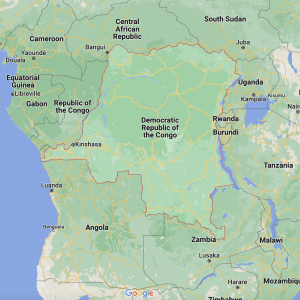The past that the West wants all to forget: The African slave trade
DAKAR, Senegal (AA) – Even after centuries, traces remain in Africa of the slave trade maintained by Westerners up until the 1800s.
While West Africa was used for years as the main slave hub, many countries expanded their colonies and transported slaves to the New World from ports in the eastern and southern parts of the continent.
Estimates of the number of African slaves carried across the Atlantic Ocean place the figure at 25-30 million.
Even before Europeans started colonizing Africa, slaves had been traded on the continent for centuries, often captured in wars or among the indigenous population and sold to serve wealthy families.
Europeans added an intercontinental dimension after they set foot on the continent in the 15th century, with slave ships transporting African captives across the Atlantic in massive numbers.
The Portuguese, specifically, launched this new form of slave trade, selling those they captured on the coast of West Africa as slaves and organizing regular sea voyages to carry them to foreign markets, often in Brazil, the Caribbean Islands, or North America.
After the discovery of the Americas and the entry of countries such as the Netherlands, Spain, Britain, and France into the colonial race, slave trade eventually became a major source of commerce.
The Bimbia slave port, located near the city of Limbe in present-day Cameroon, is one of the forgotten historical centers of the slave trade, where 10% of the continental slave trade was conducted.
The enslaved African ancestors of well-known figures such as former US Secretary of State Condoleezza Rice and famous music producer Quincy Jones also passed through the Bimbia, which is considered a part of Cameroon’s national heritage.
Today, visitors can see the remains of the chains and dungeons where millions of slaves were brought from different parts of the Africa to the Americas to be sold.










